In a world where the pursuit of energy efficiency is both lauded and scrutinized, there exists a fascinating paradox that challenges our conventional wisdom. The energy efficiency paradox delves into the complex interplay between human behavior, technological advancements, and environmental concerns. Join us on a journey to unravel the mysteries surrounding this enigmatic phenomenon and discover how seemingly logical solutions can sometimes lead to unexpected outcomes. Let’s delve into the heart of this paradox and uncover the hidden truths that lie within.
Table of Contents
- Unveiling the Energy Efficiency Paradox: Why Efforts Alone Might Not Suffice
- The Role of Behavioral Economics in Understanding Energy Consumption Patterns
- From Awareness to Action: Nudging Towards Sustainable Energy Practices
- Strategies for Overcoming the Energy Efficiency Paradox: Practical Steps to Make a Difference
- Q&A
- Concluding Remarks
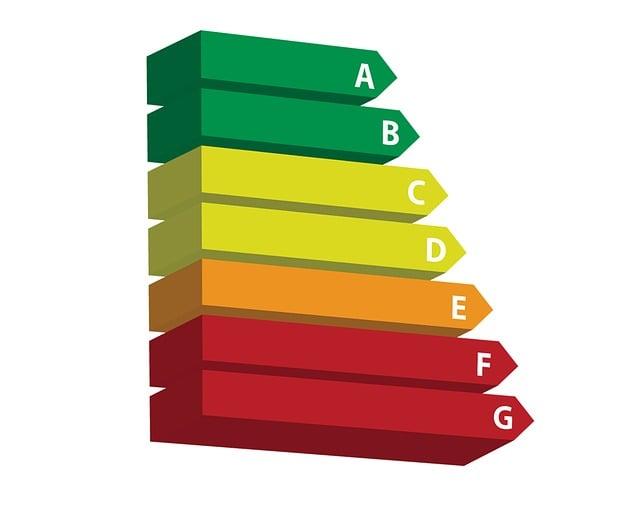

Unveiling the Energy Efficiency Paradox: Why Efforts Alone Might Not Suffice
In the realm of energy conservation, the pursuit of enhancing energy efficiency stands out as a beacon of hope. However, beneath the surface lies a paradox that challenges conventional wisdom. While efforts to improve energy efficiency are commendable and essential, they might not always yield the anticipated outcomes.
This paradox arises due to various interconnected factors that influence the effectiveness of energy efficiency initiatives. **Let’s delve into the complexities that underlie this intricate dilemma:**
- The rebound effect: When energy-efficient technologies lead to reduced costs, individuals and businesses may increase their energy consumption, offsetting the initial gains.
- Technological advancements: As technology evolves, the demand for energy-intensive gadgets and appliances may counteract the benefits of energy-saving measures.
- Behavioral patterns: Human behavior plays a significant role in energy consumption, and habits resistant to change can impede the impact of efficiency measures.
Considering the multifaceted nature of the energy efficiency paradox, a holistic approach that integrates policies, innovation, and behavioral incentives is vital to navigate this intricate landscape and achieve sustainable energy outcomes.
| Data | Impact |
|---|---|
| Rebound effect | Offset potential energy savings |
| Technological advancements | Challenge traditional efficiency gains |
| Behavioral patterns | Influence energy consumption trends |
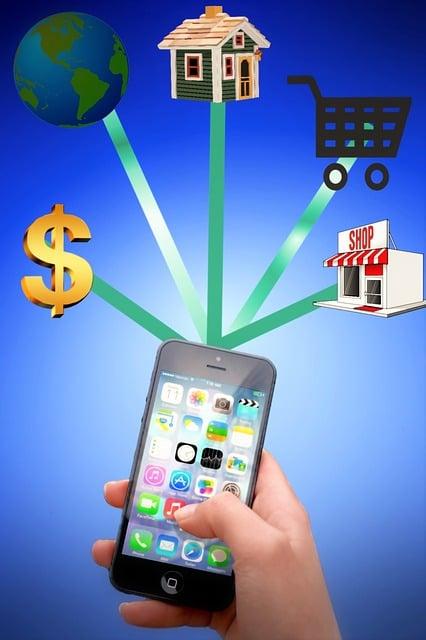

The Role of Behavioral Economics in Understanding Energy Consumption Patterns
Exploring the fascinating interplay between human behavior and energy usage unveils the intricate energy efficiency paradox. Behavioral economics, a field that combines psychology and economics, provides valuable insights into why individuals sometimes act against their own best interests when it comes to energy consumption. By delving into the motivations, biases, and cognitive processes that influence decision-making, we can gain a deeper understanding of the factors driving energy use patterns.
One key aspect illuminated by behavioral economics is the concept of social norms. People often conform to societal expectations regarding energy use, even when it may not align with their personal preferences or goals. Additionally, cognitive biases, such as present bias or status quo bias, can lead individuals to prioritize immediate gratification or stick with existing habits rather than adopting more energy-efficient behaviors. Uncovering these behavioral tendencies is crucial for devising effective strategies to promote sustainable energy practices and mitigate the energy efficiency paradox.
From Awareness to Action: Nudging Towards Sustainable Energy Practices
In today’s world, the concept of energy efficiency often presents a puzzling paradox. While the benefits of sustainable energy practices are well-known and widely acknowledged, the transition from mere awareness to concrete action remains a challenge for many individuals and organizations. This discrepancy between knowing what needs to be done and actually implementing change is where the energy efficiency paradox comes into play.
One way to tackle this contradiction is by leveraging nudges, subtle yet impactful suggestions that can guide individuals towards making more sustainable energy choices. By incorporating nudges into everyday routines and decision-making processes, we can create an environment that subtly encourages energy-efficient behaviors. Whether it’s through gentle reminders, visual cues, or social incentives, these nudges have the power to shift mindsets and propel us towards a more sustainable future. By embracing the energy efficiency paradox and embracing nudging techniques, we can pave the way for meaningful change in our energy consumption patterns.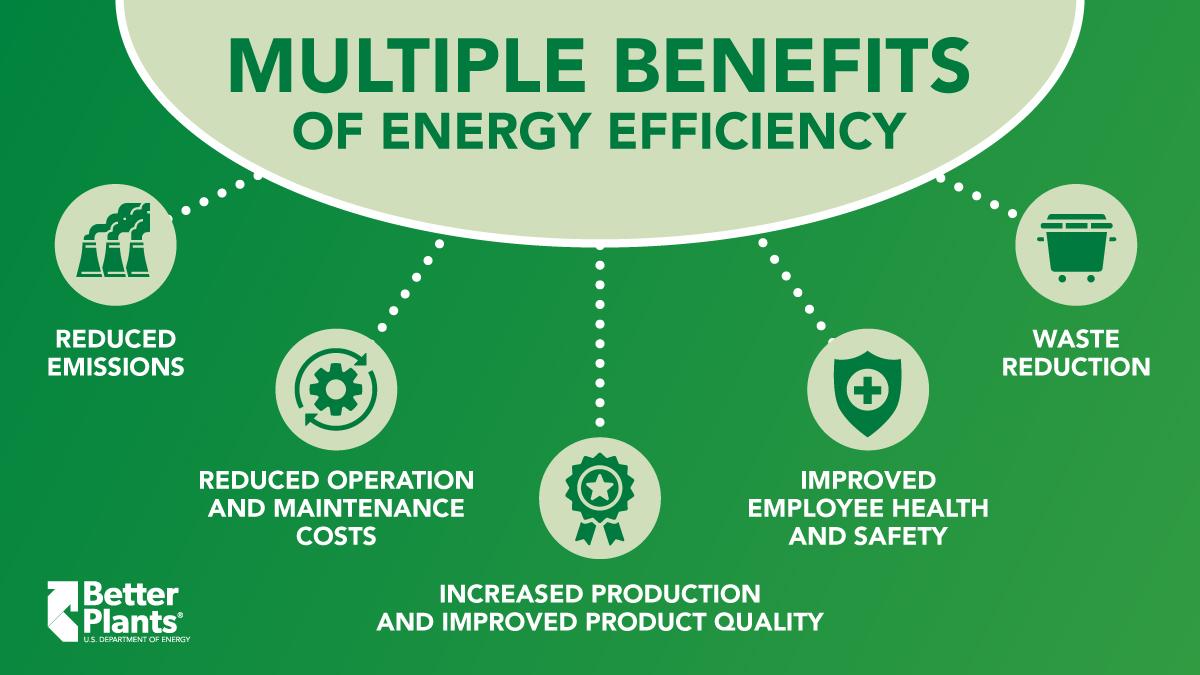

Strategies for Overcoming the Energy Efficiency Paradox: Practical Steps to Make a Difference
One way to tackle the energy efficiency paradox is by implementing simple yet impactful changes in our daily routines. Turning off lights and appliances when not in use might seem trivial, but it can significantly reduce energy consumption over time. Additionally, switching to energy-efficient LED bulbs not only lowers electricity bills but also helps in conservation efforts.
Another practical step is to invest in smart energy-saving devices, such as programmable thermostats and smart power strips. These devices allow for better control over energy usage, optimizing efficiency without sacrificing comfort. Regular maintenance of HVAC systems is also crucial in ensuring they operate efficiently, cutting down on wasted energy.
| Energy-Saving Tip | Implementation |
|---|---|
| Unplug chargers when not in use | Reduces phantom energy consumption |
| Use natural light whenever possible | Minimizes reliance on artificial lighting |
Q&A
**Why Do People Often Fail to Invest in Energy Efficiency Despite Knowing Its Benefits?**
Q: What is the energy efficiency paradox?
A: The energy efficiency paradox refers to the puzzling phenomenon where individuals and businesses, despite understanding the cost-saving and environmental benefits of energy-efficient measures, still hesitate to invest in them.
Q: Why do people seem to ignore energy-efficient solutions even when they make financial sense?
A: One key reason behind this paradox is the presence of various barriers such as high upfront costs, lack of awareness, habit persistence, split incentives, and perceived complexity of implementation.
Q: How can we overcome these barriers to promote energy efficiency?
A: Overcoming the energy efficiency paradox requires a multi-faceted approach involving education, financial incentives, behavioral nudges, streamlined processes, and policy support to make energy-efficient choices the default option.
Q: What are some practical steps individuals and organizations can take to improve energy efficiency?
A: Simple steps like upgrading to energy-efficient appliances, improving insulation, utilizing smart technology, implementing energy management systems, and adopting sustainable practices can all contribute to significant energy savings in the long run.
Q: What role does awareness and education play in addressing the energy efficiency paradox?
A: Increasing awareness about the importance of energy efficiency, showcasing successful case studies, providing relevant information, and promoting best practices are crucial in shifting mindsets and encouraging proactive energy-saving behaviors.
By unraveling the complexities of the energy efficiency paradox and empowering individuals with the knowledge and tools to make sustainable choices, we can pave the way for a greener, more efficient future.
Concluding Remarks
As we untangle the complex web of the energy efficiency paradox, it becomes evident that the path to a sustainable future is paved with both challenges and opportunities. By delving into the intricate interplay between behavior, technology, and policy, we begin to grasp the nuances that shape our energy decisions. As we navigate this paradoxical landscape, let us remember that every small step towards greater efficiency carries the potential for significant impact. Together, we have the power to unravel this paradox and forge a path towards a brighter, more energy-efficient tomorrow. Let us embark on this journey with curiosity, determination, and a shared commitment to a greener future.

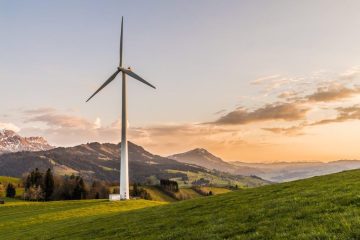

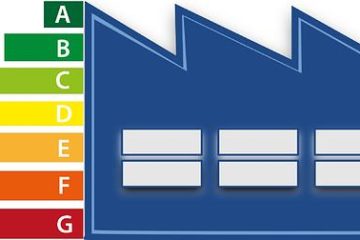
0 Comments